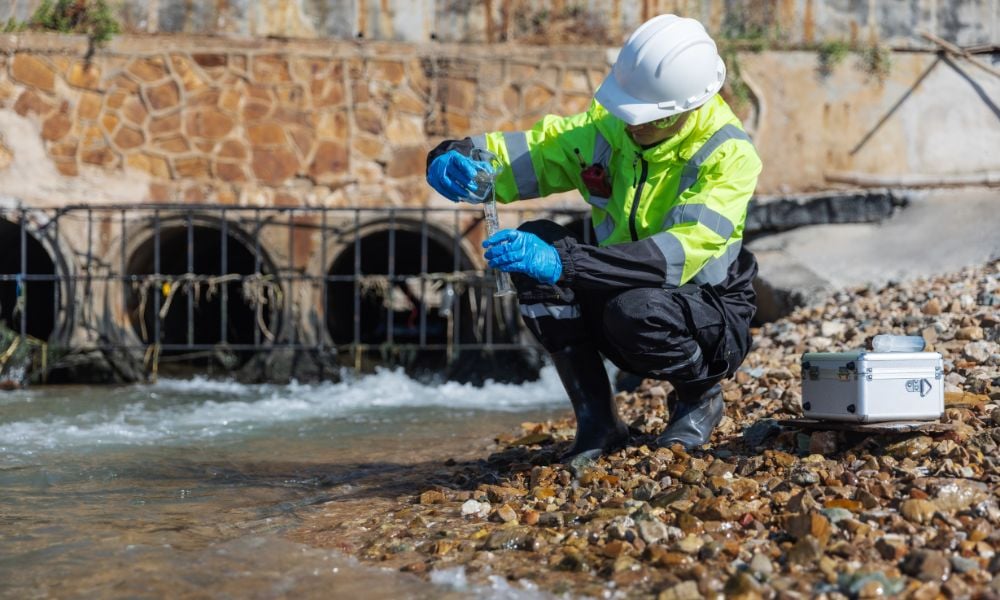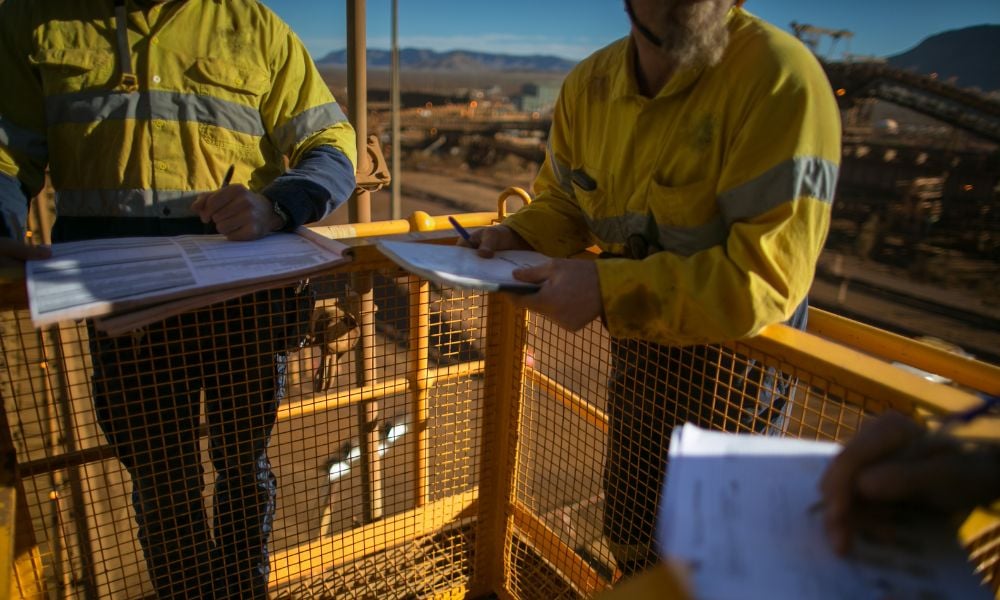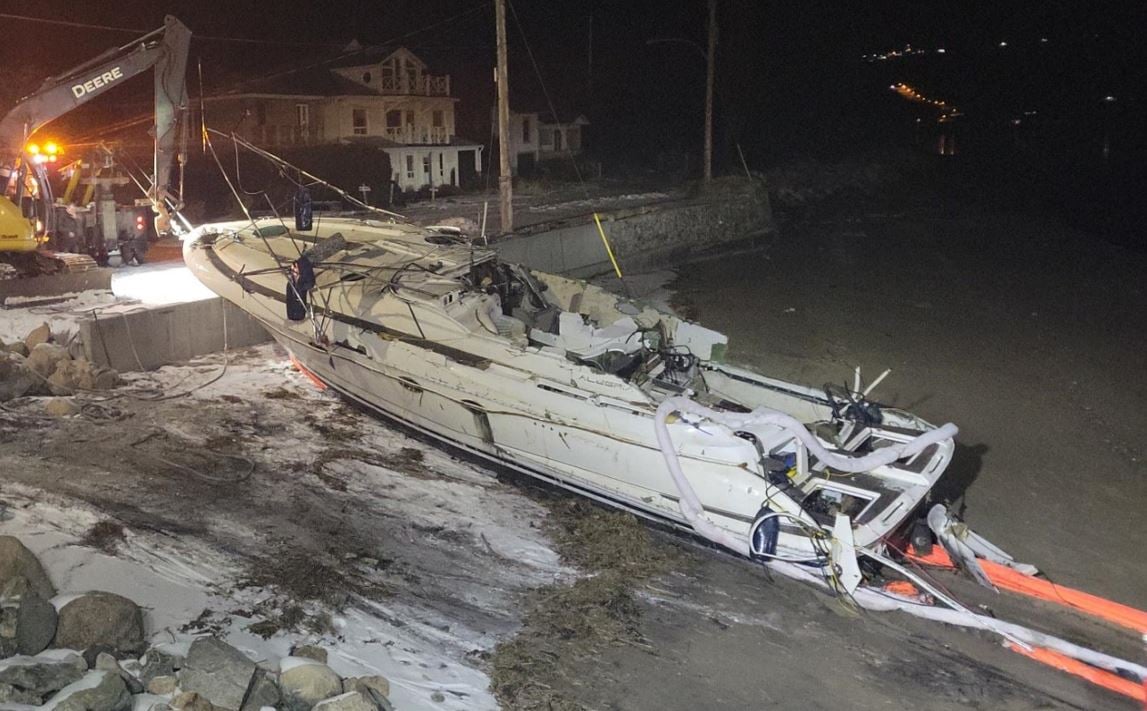New initiative aims to close safety knowledge gaps, improve outcomes worldwide, and draw on Canadian expertise

Lloyd’s Register Foundation has launched the Global Safety Evidence Centre, supported by a £15 million (C$27.9 million) investment over 10 years, to identify and communicate “what works” in occupational health and safety. The goal: reduce the global workplace death toll by bridging evidence gaps and equipping safety professionals with high-quality, actionable data.
Canadian safety professionals are being encouraged to participate. An initial £2 million (C$3.72 million) is available to fund international research and practitioner-led projects.
“The Global Safety Evidence Centre aims to collate, create and communicate the best possible knowledge to help us improve safety outcomes globally,” says Nancy Hey, director of evidence and insight at Lloyd’s Register Foundation.
Canadian leadership in global context
Findings from the Lloyd’s Register Foundation World Risk Poll reveal that only 50% of workers globally report harm at work, compared to 88% in Canada. This positions Canada as a model for effective workplace safety and reporting—a reputation the Centre is eager to learn from and replicate elsewhere.
“Canada does very well in terms of reporting of harm and actual experience of workplace harm,” says Hey. “That knowledge and expertise is incredibly valuable… we want to make sure those things that happen almost normally through the expertise of those colleagues in Canada is something that is possible elsewhere in the world”.
Hey also highlighted the broader context:
“Around 3 million people die from workplace-related causes each year, including occupational accidents and work-related diseases. That’s more than the number of deaths from war, violence, tuberculosis, malaria, or HIV/AIDS”.
Funding priorities: Safe work and safety science
The Centre’s first funding call focuses on two areas: safe work (especially in high-risk sectors) and safety science (the tools and methods used to assess and manage risk). It welcomes applications that aim to generate or synthesize evidence on OHS interventions, improve safety metrics, or explore technologies like AI, robotics, and virtual reality.
“We are keen to collaborate with researchers, analysts, funders, and most of all, safety practitioners,” says Hey. “Their knowledge is part of the evidence base itself on how to reduce harm.”
She notes a pressing challenge: the best evidence is not always accessible to decision-makers. It either doesn't exist, is scattered across disciplines, or is difficult to interpret and apply in practical settings.
Making safety measurement matter
A key aim is to refine how safety is measured—especially the use of leading and lagging indicators.
“We’d like to know… what the leading and lagging indicators are,” says Hey. “Too often, we assume links that haven’t been validated.”
Many indicators in use—like TRIF, safety culture surveys, or training participation—lack a clear connection to serious harm reduction. The Centre wants to clarify which indicators truly predict improved safety and which are poor proxies.
How Canadian professionals can get involved
Canadian OHS professionals can:
- Apply for funding through the open call (visit gsec.lrfoundation.org.uk).
- Contribute to evidence reviews or global learning partnerships.
- Join collaborative research on metrics, methods, and interventions.
- Monitor forthcoming reports on emerging tech and climate change in OHS.
The Centre is also expanding its in-house team and hiring for roles in data analysis, trials, and stakeholder engagement.
“Canada contributes a great deal to the global safety knowledge base,” explains Hey. “We want to ensure that this expertise not only informs global best practices but also helps build the systems and standards that support frontline professionals worldwide”.
Shared mission
“We’re bringing together the collective knowledge—including those from Canadian professionals and researchers—to help share that to make a bigger difference around the world,” Hey says. “Improving safety isn’t just our job. It’s everybody’s job”.
The Global Safety Evidence Centre provides an opportunity for Canadian safety leaders to share what they know and help build a stronger, evidence-based foundation for protecting workers around the world.





